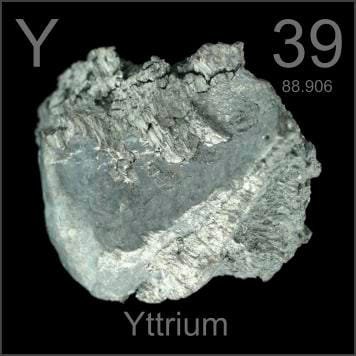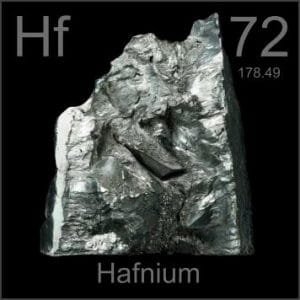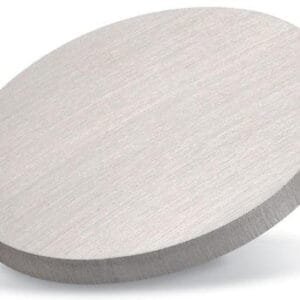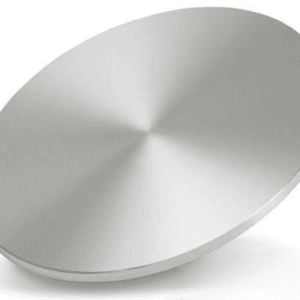Hafnium Oxide with Yttrium Oxide Sputtering Target Description
Hafnium is a lustrous, silvery-gray, tetravalent transition metal that closely resembles zirconium. Predicted by Dmitri Mendeleev in 1869, it was finally identified in 1923 by Coster and Hevesy, making it the last stable element to be discovered. The name Hafnium is derived from Hafnia, the Latin name for Copenhagen, where it was discovered.
 Yttrium is a chemical element named after Ytterby, Sweden, where it was first mentioned in 1794 by J. Gadolin. The isolation and announcement of yttrium were accomplished by G. Mosander. Its canonical chemical symbol is “Y,” with an atomic number of 39. Yttrium is located in Period 5, Group 3 of the periodic table, and belongs to the d-block. Its relative atomic mass is 88.90585(2) Dalton, with the number in brackets indicating the uncertainty.
Yttrium is a chemical element named after Ytterby, Sweden, where it was first mentioned in 1794 by J. Gadolin. The isolation and announcement of yttrium were accomplished by G. Mosander. Its canonical chemical symbol is “Y,” with an atomic number of 39. Yttrium is located in Period 5, Group 3 of the periodic table, and belongs to the d-block. Its relative atomic mass is 88.90585(2) Dalton, with the number in brackets indicating the uncertainty.
Related Product: Hafnium Sputtering Target, Yttrium Sputtering Target.
Hafnium Oxide with Yttrium Oxide Sputtering Target Specifications
| Material Type | Hafnium Oxide with Yttrium Oxide |
| Symbol | HfO2/Y2O3 |
| Color/Appearance | Solid |
| Melting Point | / |
| Density | / |
| Available Sizes | Dia.: 2.0″, 3.0″, 4.0″, 5.0″, 6.0″ Thick: 0.125″, 0.250″ |
We also offer other customized shapes and sizes of the sputtering targets; please Contact Us for more information.
Hafnium Oxide with Yttrium Oxide Sputtering Target Packing
Our Hafnium Oxide with Yttrium Oxide Sputtering Targets are clearly tagged and labeled to ensure efficient identification and quality control. We take great care to prevent any damage during storage or transportation.
Get Contact
TFM’s hafnium oxide with yttrium oxide sputter targets are available in a range of forms, purities, sizes, and prices. We specialize in producing high-purity PVD materials with maximum density and minimal average grain sizes, ideal for semiconductor, CVD, and PVD applications in display and optical technologies.






Reviews
There are no reviews yet.